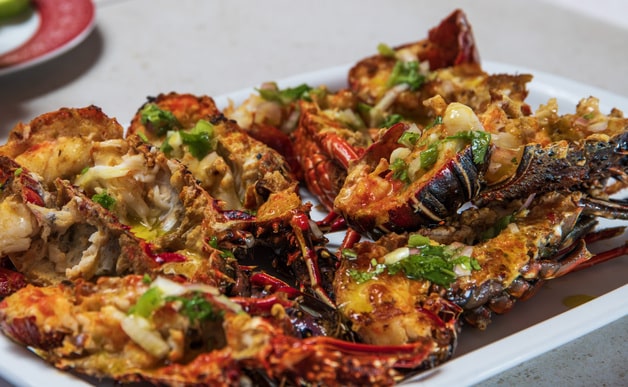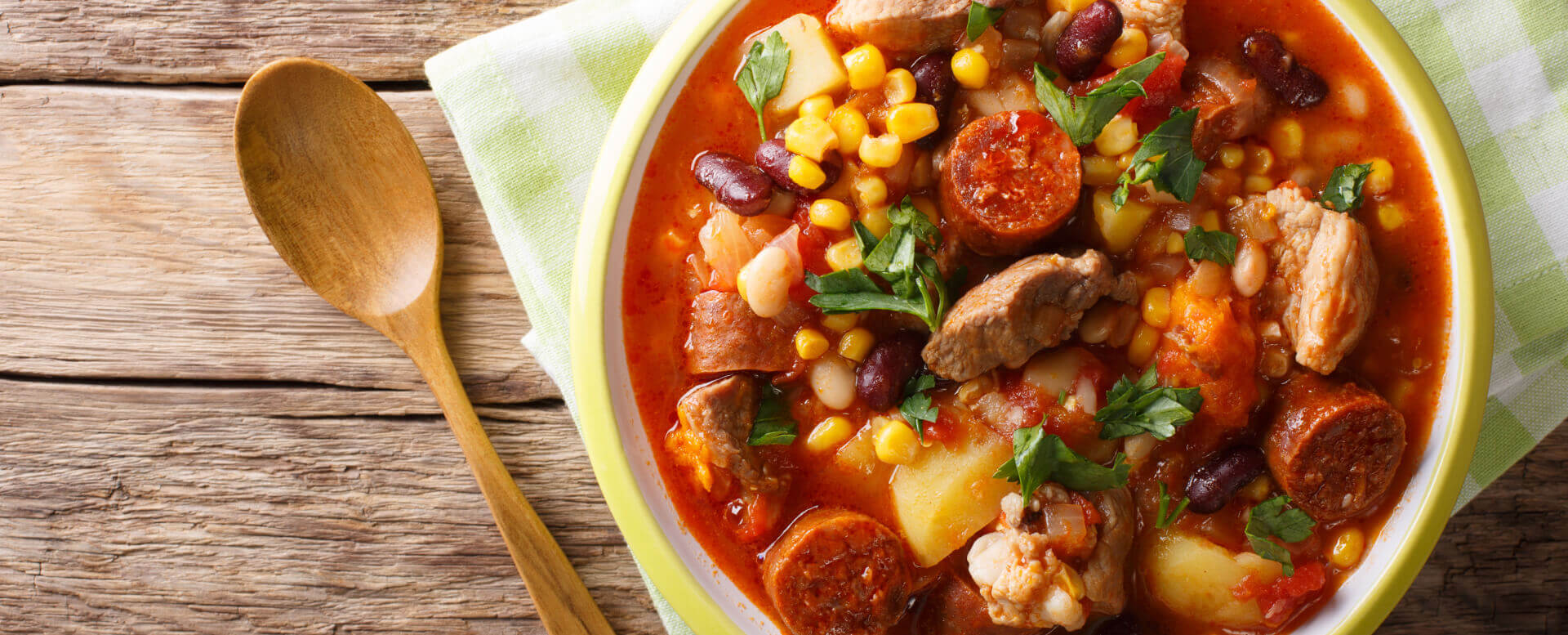

Gastronomy in Cabo Verde
Cabo Verdean cuisine: celebrating the identity of the archipelago
Cabo Verde is a destination that enchants not only through its people and landscapes but also through its rich gastronomy, influenced by the history and blend of cultures that shape the profile of this archipelago.
Cabo Verdean cuisine is the result of a fusion between the culinary traditions of the peoples from the West African coast and Portuguese cuisine, reflecting over five centuries of history and tradition.
There were also influences from the East and Brazil, through ships that docked in Ribeira Grande, bringing spices and other ingredients that diversified the local diet.
Cachupa, fish and seafood, either stewed or grilled, the countless ways of cooking maize, and the juicy fruits used in juices and sweets – all of these flavours invite you to explore the country through your palate.
Cachupa: the soul of Cabo Verdean cuisine
Cachupa is much more than just a dish. With roots deeply intertwined with the archipelago's culture, cachupa is also a way of expressing morabeza, bringing the islands together around the table in community celebrations and family gatherings.
The recipe varies from island to island, with secrets passed down through generations. However, the base is always the same: maize, which is transformed into a variety of flavours.
Cachupa comes in four main versions: cachupa rica, cachupa de atum, cachupa pobre, and cachupa guisada.
Cachupa rica: the feast of the islands
Cachupa rica is a hearty stew filled with various meats, such as salted pork, beef, chicken, tuna, blood sausage, pork tripe, pig's feet, and pig's ear, slowly cooked with a generous selection of vegetables, including maize, beans, cassava, carrots, cabbage, kale, and pumpkin, resulting in a richly flavoured dish.
This is the taste of special occasions and morabeza, embodying the unique generosity of the Cabo Verdean people.cabo verdean
Cachupa guisada: the strength to start the day
On the other hand, cachupa guisada is usually eaten for breakfast, with a fried egg and sausage on top, making it a super nutritious dish that prepares you to embrace the day.
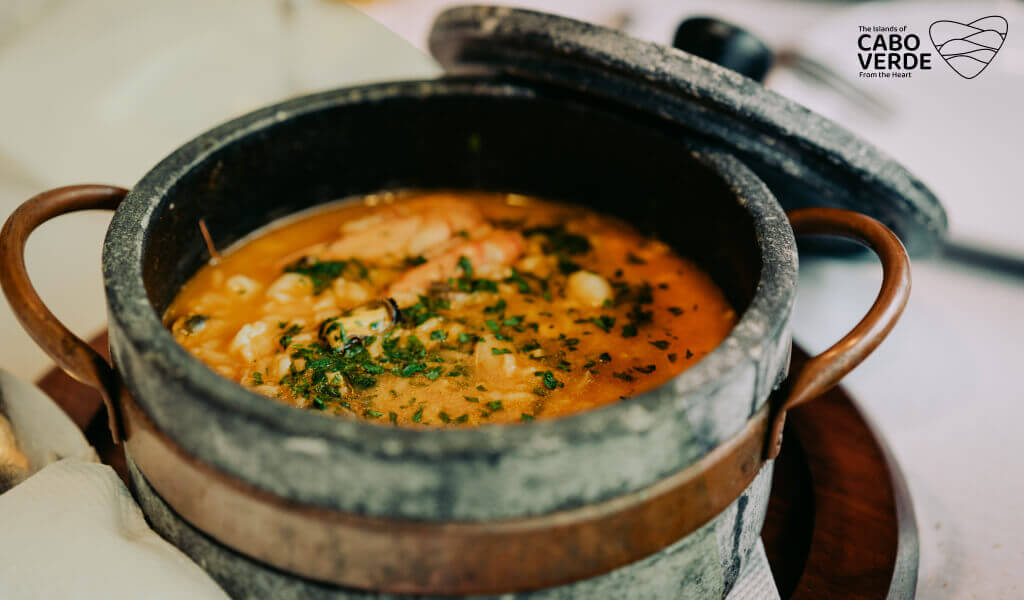
The abundance of the sea in Cabo Verdean dishes
Surrounded by rich waters, Cabo Verde offers an abundance of fish and seafood, which are skilfully incorporated into the local cuisine.
Grilled tuna belly, crab and barnacle spaghetti, stewed or grilled conch, and lapa stew are just a few examples of how the flavours of the ocean are celebrated.
Also much appreciated are fish like swordfish, grouper, horse mackerel, mackerel, snapper, salmon, barracuda, and bica. Some of the most sought-after seafood includes octopus and lobster.
These dishes, always accompanied by fresh local ingredients such as sweet potato, carrots, cassava, green beans, and zucchini, pay homage to the archipelago's Atlantic location.
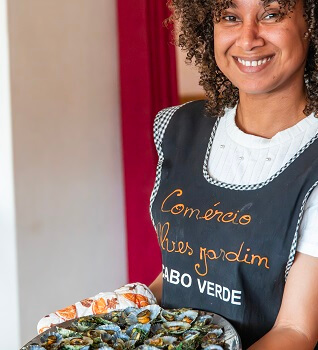
Maize: the king of Cabo Verdean flavours
Its versatility is demonstrated in several traditional Cabo Verdean dishes. Papa com Frigenote, a delicacy from Boa Vista and Santo Antão Islands made with maize porridge, pork, and served with a sauce made from pork offal, is unique and highlights Cabo Verdean creativity in creating rich flavours from simple ingredients.
Djagacida, or jagacida, is a typical dish from Fogo Island that, besides maize, includes pork belly, feijão congo (pigeon pea), rolão (a coarse type of maize), maize flour, salted meat, kale, and favona (a green bean similar to broad beans with a distinctive flavour). When maize is only partially ground, it forms the base of rolon, a type of cream that accompanies various Cabo Verdean dishes.
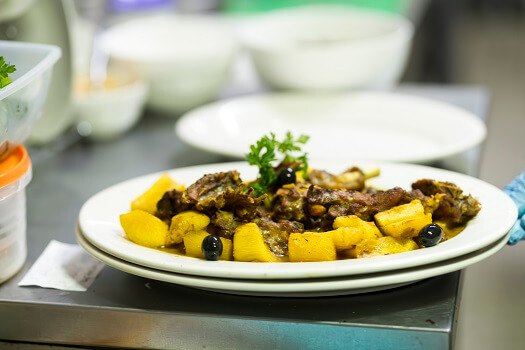
Xerém, a dish also made from corn flour, accompanies meat and fish dishes, such as stew or fish broth, especially during Ash festivals.
Cuscuz with milk is another creative way of using maize, ranging from side dishes to main courses and even desserts.
Nature's generosity in fruits
In the archipelago, you'll find the purple banana, which has a sweeter flavour and stronger aroma, and can be eaten raw, boiled, fried, or roasted, and the gramichel banana, a smaller variety produced on Santiago Island.
Papaya is also abundant, with trees often producing an impressive amount of fruit. Melons, watermelons, and mangoes, each with their own unique flavours and aromas, showcase the islands' diversity.
These fruits also delight those who enjoy natural juices, including those made from calabaceira, also known as baobab.
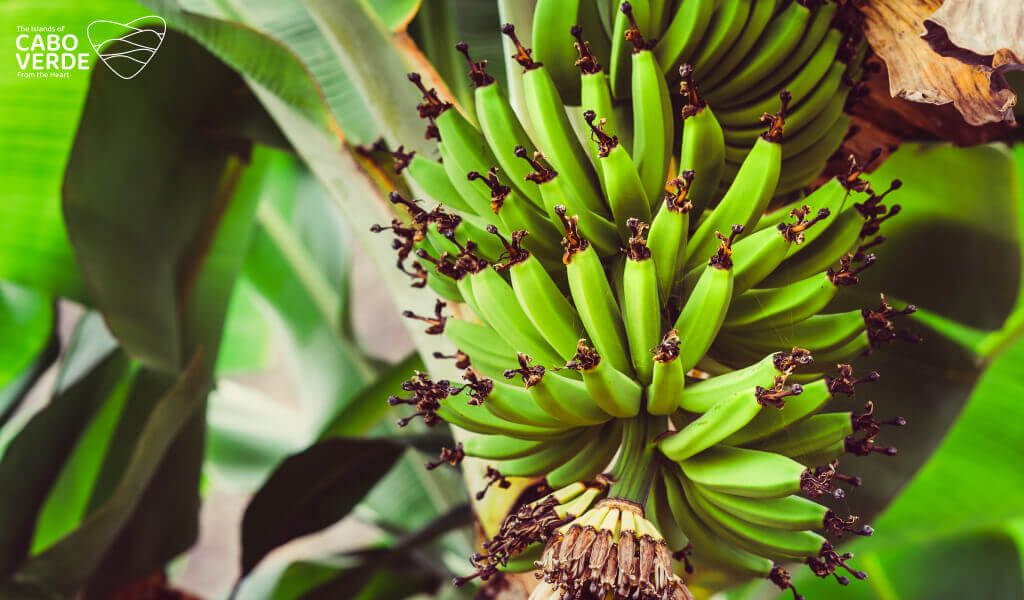
Grogue and the wines of Fogo Island
Grogue, a sugarcane brandy, is Cabo Verdean most emblematic alcoholic drink and serves as the base for ponche, which comes in variations with honey, coffee, coconut, and more.
Strela beer, brewed locally, is the popular choice for lighter meals, while the wines from Fogo, the island of the imposing volcano, win over even the most discerning palates, earning recognition from expert oenologists.
Also native to Fogo Island, Manecom, a well-kept secret among the residents of Chã das Caldeiras, has two textures on the palate: sweet Manecom, with a sweet flavor, and dry Manecom. The nectar is further proof of the quality of Fogo’s harvests.
Be sure to also try Cabo Verdean coffee, produced on the islands of Santo Antão, Santiago, and Fogo: it's simply unmissable!
Goat cheese: a local favourite
Goat's milk predominates in the archipelago, and goat cheese, often produced locally in small quantities, is prized for its distinctive flavour and firm texture.
Served as a side dish with various meals or simply enjoyed with fresh bread, goat cheese is a must-try when visiting Cabo Verde.
Food in Cabo Verde is a celebration of local flavours and ingredients, an expression of the country's cultural heritage that continues to evolve and incorporate new influences, remaining an essential part of Cabo Verdean identity.

Explore Cabo Verde
Sun and beach, mountain trails, landscapes of a nature that so easily springs up everywhere and a wealth of customs and traditions that does not translate into any price: Cabo Verde is a paradise that rests by the sea.
With the morabeza of the people and the magic that is only found in Islands of sun and sea, this archipelago is a universe of experiences to discover.
Frequently asked questions about Cabo Verdean gastronomy
Fruits are the cornerstone of Cabo Verdean sweets, with a variety of desserts featuring papaya, coconut, peanuts, guava, tamarind, and more.
In November, during the harvest season, you can also try this fruit in sweets, paired with strawberries grown in the archipelago. It's a real treat!
It's also worth trying goat cheese and milk puddings, as well as pumpkin and milk-based sweets.






